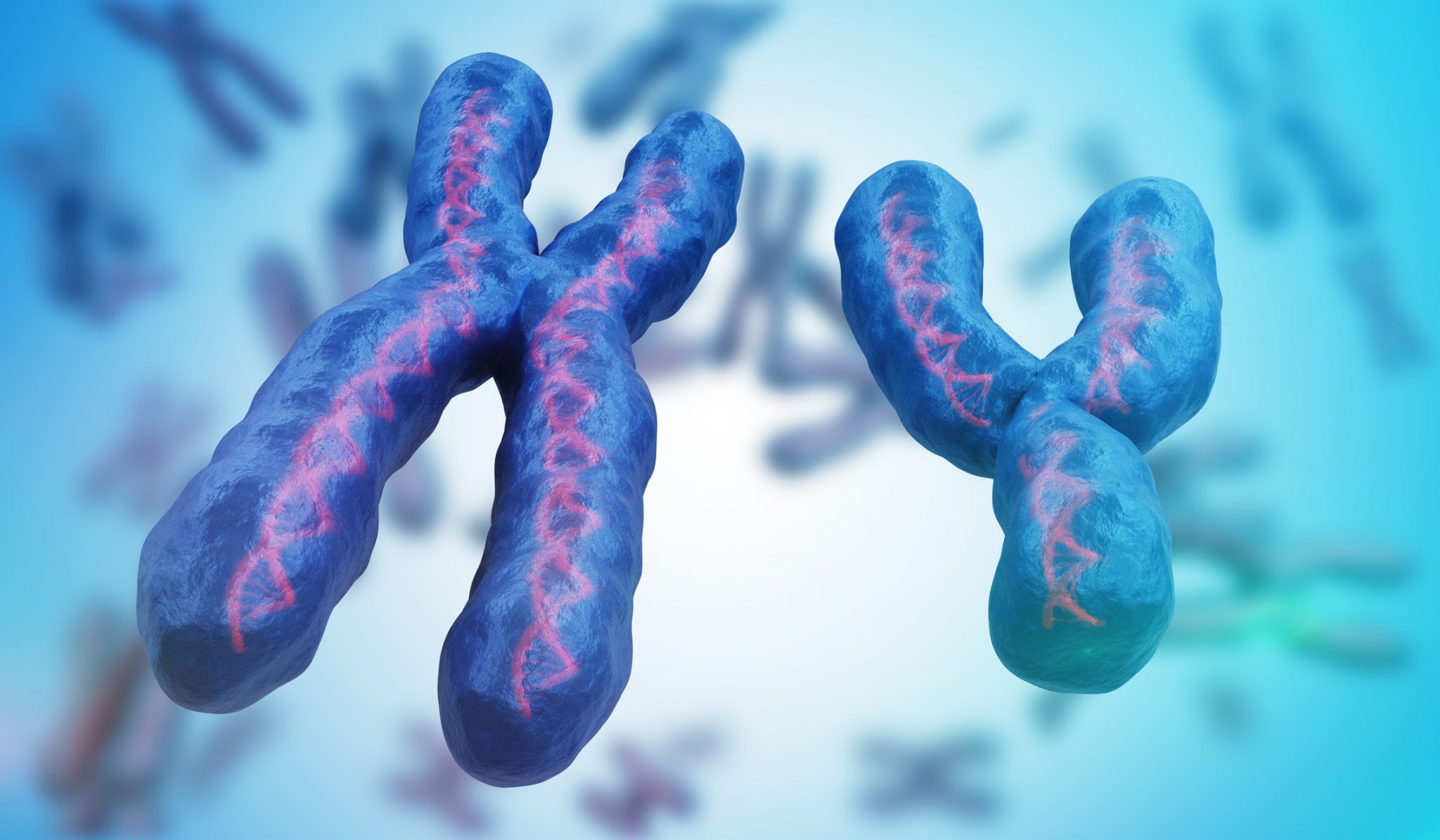Introduction
Mendelian and complex genetic diseases pose significant challenges to both affected individuals and society. While Mendelian diseases result from mutations in a single gene, complex trait diseases arise from the accumulation of mutations in linked or unlinked genomic regions. Unfortunately, many of these conditions remain undiagnosed due to the limitations of conventional diagnostic tests.
The Diagnostic Dilemma
Conventional diagnostic methods often yield inconclusive results, leaving less than half of cases with a genetic diagnosis. As a consequence, affected individuals lack proper prognosis, treatment, and clinical guidance. Despite being individually rare, Mendelian and complex genetic diseases collectively impact millions of lives, leading to negative socioeconomic consequences.
The Role of Next-Generation Sequencing (NGS)
Advancements in next-generation sequencing (NGS) have revolutionized our ability to identify disease-causing mutations. NGS platforms allow us to analyze entire genomes, exomes, or targeted gene panels. Here are some key points:
- Whole Genome Sequencing (WGS): Provides a comprehensive view of an individual’s genetic makeup by sequencing the entire genome. It enables the identification of both inherited and novel mutations.
- Whole Exome Sequencing (WES): Focuses on protein-coding regions (exons) of genes. WES is cost-effective and particularly useful for identifying mutations associated with Mendelian diseases.
- Targeted Gene Panels: These panels include specific genes known to be associated with certain diseases. They allow efficient analysis of relevant genomic regions.
Bioinformatics Tools and Resources
To analyze family-based genomic data, researchers and clinicians rely on a combination of NGS platforms and bioinformatics tools. Here are some commonly used resources:
- Variant Calling Tools: These tools identify genetic variants (single nucleotide polymorphisms, insertions, deletions) from raw sequencing data.
- Databases: Repositories like dbSNP, ClinVar, and gnomAD provide information on known variants and their frequencies.
- Pathogenicity Prediction Algorithms: Tools like SIFT, PolyPhen-2, and CADD assess the potential impact of variants on protein function.
- Ethical and Regulatory Considerations: Analyzing personal genomes involves privacy and consent issues. Researchers must navigate ethical guidelines and legal frameworks.
Example of analysis of inherited disease
One possible example of how an inherited disease is analyzed is:
- A family with a history of cystic fibrosis (CF), a Mendelian disease caused by mutations in the CFTR gene, wants to know their risk of passing on the condition to their children.
- They undergo whole exome sequencing (WES) to capture the protein-coding regions of their genomes, including the CFTR gene.
- The variant calling tools identify several variants in the CFTR gene, some of which are known to cause CF.
- The databases provide information on the frequency and clinical significance of the variants.
- The pathogenicity prediction algorithms estimate the impact of the variants on the CFTR protein function.
- The bioinformatics tools generate a report that summarizes the variants, their effects, and their inheritance patterns.
- The report shows that both parents are carriers of a CF-causing variant, meaning that they have a 25% chance of having a child with CF. The report also provides recommendations for genetic counseling and prenatal testing.
Challenges and Future Directions
While NGS has transformed genetic diagnostics, challenges persist:
- Data Interpretation: NGS generates vast amounts of data, requiring robust analytical pipelines.
- Variant Classification: Distinguishing pathogenic variants from benign ones remains a challenge.
- Clinical Implementation: Integrating NGS into routine clinical practice requires validation and standardization.
In conclusion NGS and bioinformatics hold immense promise for unraveling the genetic basis of familial diseases. As technology evolves, we move closer to personalized medicine and improved patient outcomes.




